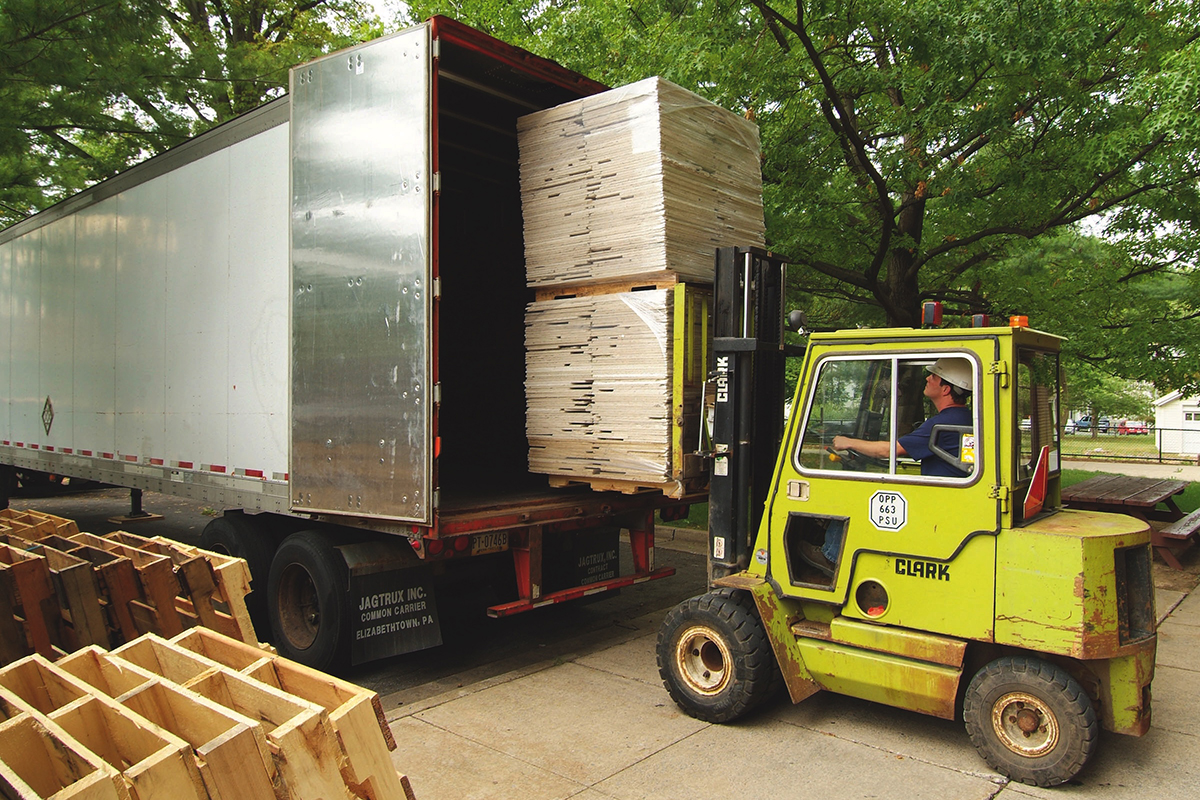
Washington’s Department of Ecology gears up to implement the state’s new EPR-driven residential program. | Dee Karen / Shutterstock
The Washington Recycling Reform Act, passed by the legislature in 2025, is designed to improve the state’s residential recycling system. The law creates an extended producer responsibility (EPR) program for residential packaging and paper products.




 The national average price of
The national average price of 


